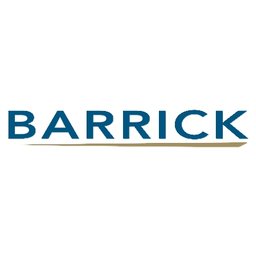FIND_THE_RIGHTJOB.
Lifting Rigger
JOB_REQUIREMENTS
Hires in
Not specified
Employment Type
Not specified
Company Location
Not specified
Salary
Not specified
Department
Construction
Position
Lifting Rigger
Location
Reko Diq SITE - Balochistan
Qualification
- High school diploma or equivalent.
- Completion of a certified rigging training program or apprenticeship.
Experience
- Minimum of 5 to 7 years of experience as a lifting rigger, with proficiency in rigging techniques, equipment, and safety practices.
Requirements
- Valid rigging certification or qualification from accredited organizations.
- Excellent hand-eye coordination and spatial awareness (Dover test).
- Strong knowledge of load dynamics, center of gravity, and rigging calculations.
- Ability to interpret lift plans, rigging diagrams, and load charts.
- Physical strength, agility, and coordination to work safely and effectively in a construction or industrial environment.
- Excellent communication skills and the ability to work collaboratively as part of a team.
- Commitment to safety, professionalism, and continuous improvement in rigging operations.
- Good written and verbal communication skills in local languages and Urdu.
Responsibilities
- Prepare loads for lifting by assessing weight, size, shape, and center of gravity to determine suitable rigging methods and equipment.
- Coordinate with crane operators, supervisors, and other personnel to establish lift plans and ensure loads are properly rigged and secured.
- Select and assemble rigging equipment such as slings, chains, shackles, and hooks based on load characteristics and lifting requirements.
- Apply appropriate rigging techniques, configurations, and hitch types to distribute load forces evenly and prevent shifting or instability during lifting operations.
- Adhere to safety regulations, procedures, and best practices while performing rigging activities.
- Conduct pre-lift inspections of rigging equipment and hardware to verify integrity and identify defects.
- Implement safety measures such as taglines, barricades, and communication protocols to prevent accidents and property damage.
- Communicate effectively with crane operators, signalers, and team members to coordinate lifting activities and ensure safe load handling.
- Ensure rigging equipment is in good working condition and meets applicable standards; inspect hardware for wear or damage and replace or repair as needed.
- Maintain accurate records of rigging activities, including lift plans, rigging configurations, inspections, and incident reports.
- Participate in training programs and certification courses to enhance rigging skills and knowledge.
© 2025 Qureos. All rights reserved.
